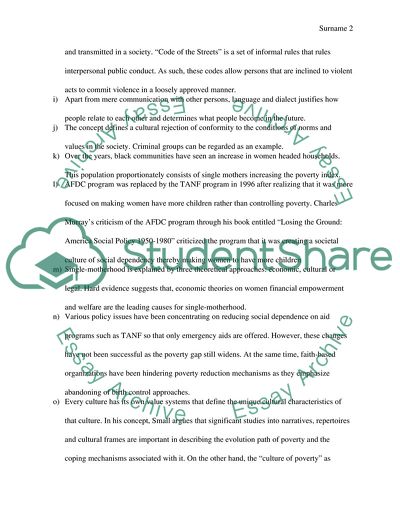Cite this document
(Cultural Approaches to Poverty, Gangs, and Drug Wars Assignment, n.d.)
Cultural Approaches to Poverty, Gangs, and Drug Wars Assignment. https://studentshare.org/social-science/1788886-homework-assignment
Cultural Approaches to Poverty, Gangs, and Drug Wars Assignment. https://studentshare.org/social-science/1788886-homework-assignment
(Cultural Approaches to Poverty, Gangs, and Drug Wars Assignment)
Cultural Approaches to Poverty, Gangs, and Drug Wars Assignment. https://studentshare.org/social-science/1788886-homework-assignment.
Cultural Approaches to Poverty, Gangs, and Drug Wars Assignment. https://studentshare.org/social-science/1788886-homework-assignment.
“Cultural Approaches to Poverty, Gangs, and Drug Wars Assignment”. https://studentshare.org/social-science/1788886-homework-assignment.


